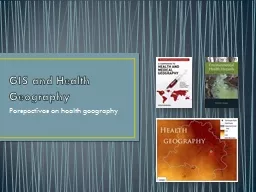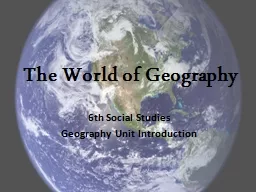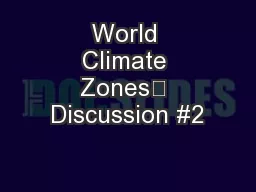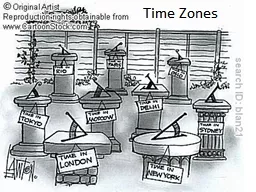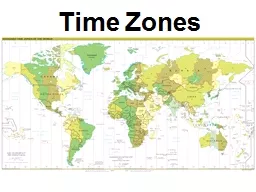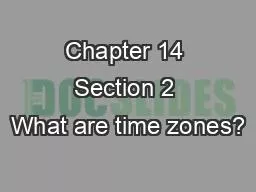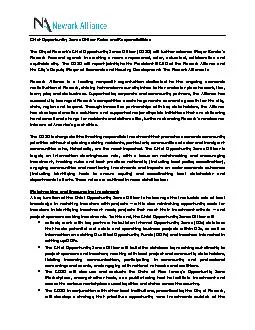PPT-AP Human Geography Time Zones
Author : lindy-dunigan | Published Date : 2018-11-21
Longitudes Role Longitude plays the most important role in telling time There are 360 of longitude 180 West and 180 East of Prime Meridian Longitude lines are spaced
Presentation Embed Code
Download Presentation
Download Presentation The PPT/PDF document "AP Human Geography Time Zones" is the property of its rightful owner. Permission is granted to download and print the materials on this website for personal, non-commercial use only, and to display it on your personal computer provided you do not modify the materials and that you retain all copyright notices contained in the materials. By downloading content from our website, you accept the terms of this agreement.
AP Human Geography Time Zones: Transcript
Download Rules Of Document
"AP Human Geography Time Zones"The content belongs to its owner. You may download and print it for personal use, without modification, and keep all copyright notices. By downloading, you agree to these terms.
Related Documents


